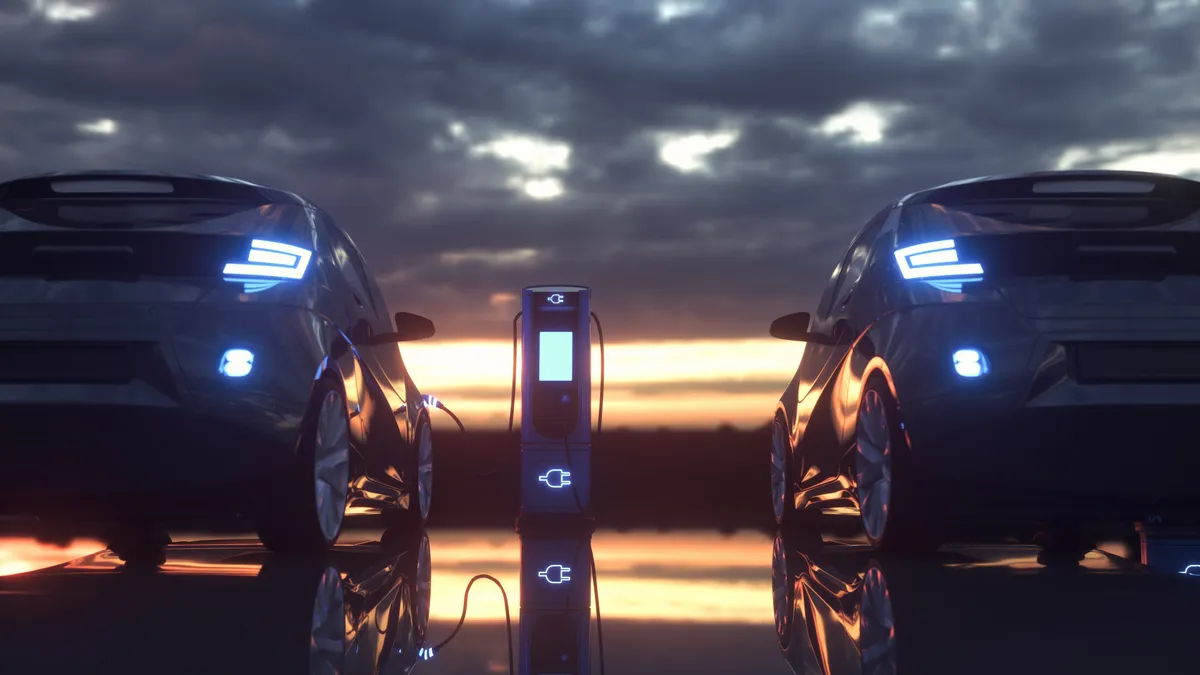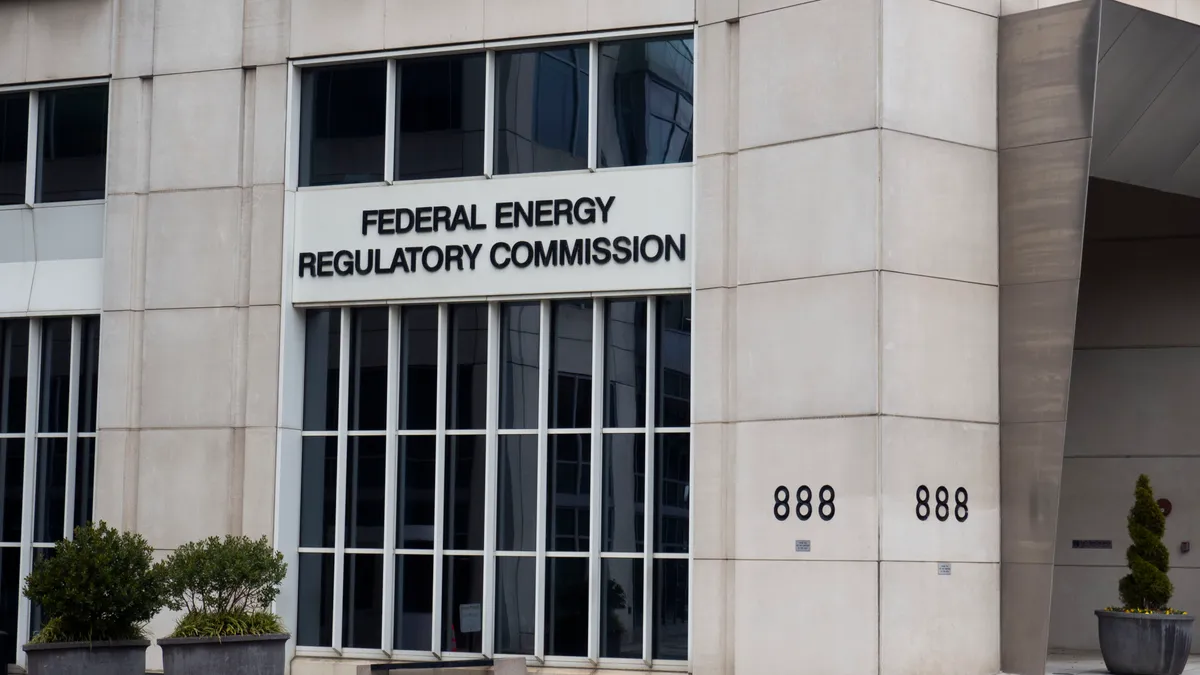Electric vehicle (EV) ownership is on the rise in the U.S., but consumer surveys suggest that the EV charging experience needs to improve to assuage the lingering concerns of buyers. EV owners are worried about being able to reach their destinations, according to J.D. Power’s 2021 Electric Vehicle Experience ownership study, which found that vehicle range is the top thing on owners’ minds. A Forbes survey made a similar finding in the summer of 2022, with 62% of respondents reporting that they “always” or “frequently” feel anxious about their vehicles’ ranges and adjust their travel plans to suit.
The U.S. Department of Transportation is trying to relieve consumer fears of becoming stranded on the road with a dead battery. The National Electric Vehicle Investment (NEVI) program will begin distributing $1.5 billion in funding next year to ramp up the installation of public fast-charging stations across the country. The aim is to establish a network of chargers no further than 50 miles apart along key interstate corridors.
However, knowing that there is a charging station within the remaining range of your vehicle only relieves part of the fear. This is because the flipside of range anxiety is “charging anxiety.” Charging anxiety comes from knowing that even if you’re able to locate a charger — which may be tucked away in the corner of a parking lot with very little signage — and even if that charger isn’t blocked by another vehicle, it may be broken.
Knowledge leads to confidence
The Forbes survey found that 43% of respondents had encountered broken public charging stations. Imagine the frustration of pulling up to an inoperable charging station with just the slimmest margin of battery life remaining.
The funding requirements for the NEVI program state that charging stations must be operable at least 97% of the time, which will be a significant challenge for operators. The requirements also state that charging stations must be capable of communicating their functional status via web applications to drivers on the road so they can make confident decisions about where to pull over and recharge when needed.
To meet these requirements, charging operators will need to invest in well-designed technical solutions. “Ultimately, operators need a system for remote control and monitoring of their charging stations,” said Mark Seitz, a manager of the EV charging business unit of Franklin Electric. “That will allow them to quickly trouble-shoot outages without rolling a truck, and to provide the necessary signals to charging customers on the road.”
A NEVI-ready solution
Remote monitoring and control capabilities were a primary design criteria for Franklin Electric’s NexPhase™ Smart EV Switchgear, according to Seitz. Switchgear is the critical linkage between charging-station equipment and the utility’s power supply. The transformers and circuit breakers in switchgear receive and distribute the incoming power and protect the facility from faults. Franklin Electric combined all of the necessary equipment into a single, prewired module to save on installation time and costs. They also included a separate communications system to give operators remote monitoring and control capabilities.
If a charger goes down, a remote technician can first determine whether the facility is receiving power from the utility. If the cause is a utility outage, it won’t count against NEVI’s 97% uptime requirement, but without this visibility an operator has no way to confirm and validate the outage.
If utility power is available, the next step in assessing an inoperable charger is to cycle the power off and back on. Franklin Electric said this simple reset step (much like resetting a home modem) fixes about 50% of charger outages. But without a remote method for doing this, operators would need to send a technician to perform the power cycle on site. The NexPhase Smart EV Switchgear allows operators to reboot a charger remotely.
In addition, the switchgear’s monitoring system can be used as a primary or secondary feed to customer facing web apps that let drivers know whether a facility’s chargers are operable, and whether they are currently in use or open. “EV charging is a very young industry, but the NEVI requirements are setting the bar for user experience,” Seitz said. “We designed the first purpose-built switchgear for the industry with both the customer and operator experience in mind.”
EVs accounted for 5% of car registrations in the U.S. in March 2022, up from about 3% the year before, according to S&P Global Mobility data. But the gap between the aspirations and reality of EV adoption are still significant. The Inflation Reduction Act’s (IRA) recent extension of federal tax credits for EVs will continue to provide financial incentive to buyers, and automakers are rolling out more and more vehicle options every year. But the charging industry will be responsible for sorting out the final piece of the puzzle by providing EV drivers with reliable, worry-free charging experiences.










